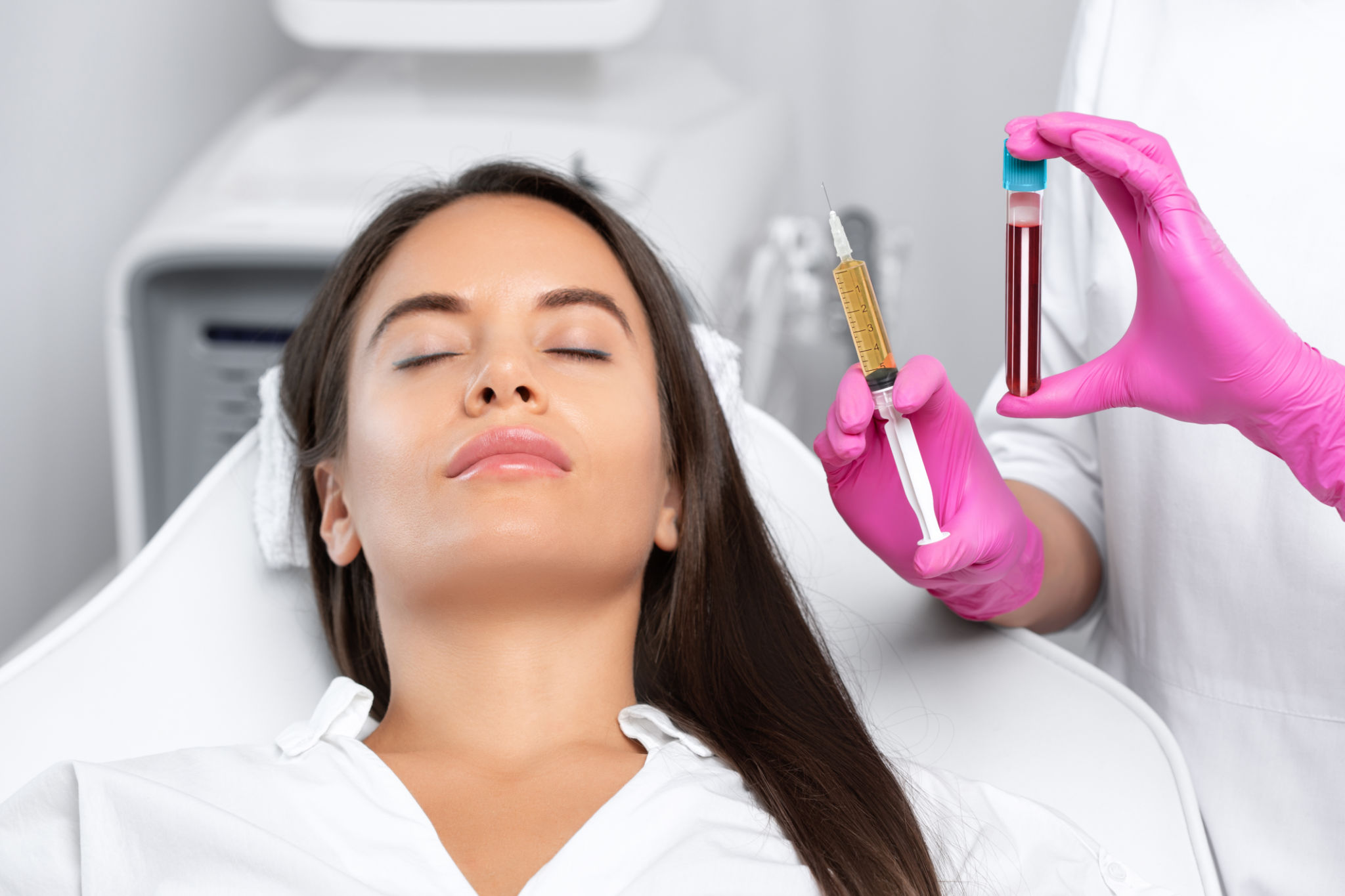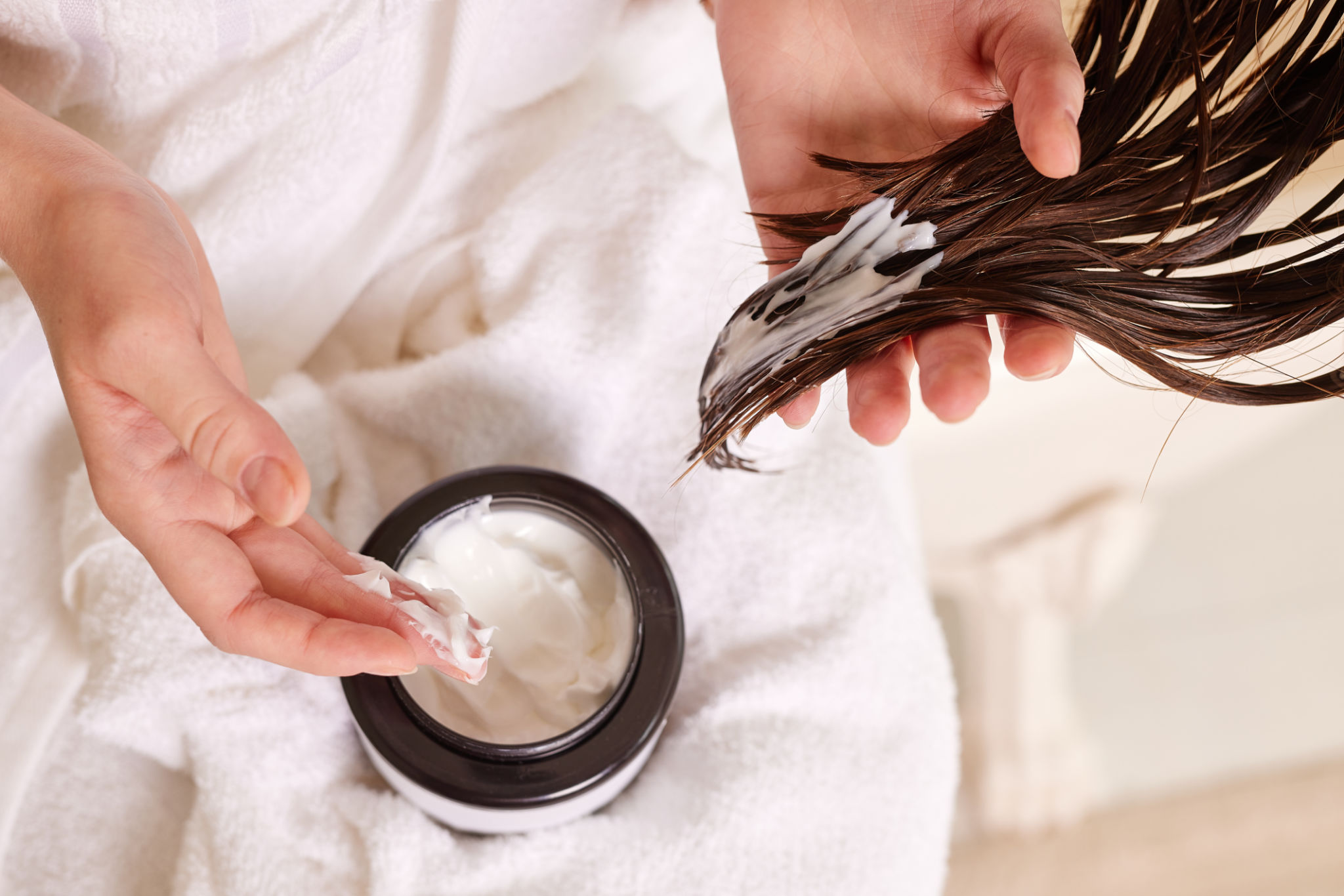Debunking Myths Around Platelet-Rich Plasma Therapy for Hair Loss
Understanding Platelet-Rich Plasma (PRP) Therapy
Platelet-Rich Plasma (PRP) therapy has gained attention as a potential treatment for hair loss, but it remains surrounded by myths and misconceptions. It is essential to separate fact from fiction to make informed decisions about using PRP for hair restoration.

What is PRP Therapy?
PRP therapy involves drawing a small amount of your blood, processing it to concentrate the platelets, and then injecting it into the scalp. Platelets contain growth factors that can potentially stimulate hair follicles and promote hair growth. This process is minimally invasive and can be completed in a short clinical session.
Myth 1: PRP is a Miracle Cure
One common misconception is that PRP is a miracle cure for hair loss. While PRP has shown promise in some cases, it is not a guaranteed solution for everyone. The success of PRP therapy depends on various factors, including the cause of hair loss, the individual's overall health, and the condition of the scalp.
Realistic Expectations
Patients should have realistic expectations when considering PRP therapy. It is not a one-time treatment; multiple sessions might be necessary to achieve noticeable results. Additionally, PRP works best when combined with other treatments or lifestyle changes that support hair health.

Myth 2: PRP Therapy is Painful
Another myth is that PRP therapy is a painful procedure. In reality, most patients experience minimal discomfort during the process. The injections are typically administered using fine needles, and a topical anesthetic can be applied to reduce any potential pain. Patients often compare the sensation to a slight pinch or pressure.
Post-Treatment Experience
After the treatment, some individuals might experience mild swelling or redness at the injection sites, but these symptoms usually subside within a few days. It is essential to follow post-treatment care instructions provided by your healthcare provider to ensure optimal recovery and results.
Myth 3: PRP Results are Immediate
Patience is key when it comes to PRP therapy. Unlike some cosmetic procedures that offer instant results, PRP requires time and consistency. Hair growth cycles vary among individuals, and it can take several months to see significant improvement in hair density and thickness.

Monitoring Progress
Regular follow-up appointments with your healthcare provider can help monitor progress and adjust treatment plans as needed. Keeping track of changes through photographs or measurements can also provide a more accurate assessment of the therapy's effectiveness.
Conclusion: Making Informed Decisions
Debunking myths around PRP therapy for hair loss is crucial for making informed decisions. Understanding that PRP is not a miracle cure but rather a potential component of a comprehensive hair restoration plan can set realistic expectations. Consulting with a qualified healthcare provider can help determine if PRP therapy is suitable for your specific situation.
